- Continue Shopping
- Your Cart is Empty
The "dark side" of blackwater tanks? Only if you make it that way!
With blackwater type aquariums gaining in popularity, and the use of a wider variety of natural aquascaping materials becoming more common, we're seeing a lot more experimentation, a lot more interest, and an increase in the "body of knowledge" available to those who choose to embark on journeys towards speciality aquariums.
I think that part of the reason why blackwater tanks have been more unusual and rare in the past is because of some concerns over the management of the water quality. Yeah, that's right. We've discussed the whole "dirty" v. "clean" thing and the misconception that tannin-stained water is somehow "unclean." I think we analyzed and beat the crap out of that one.
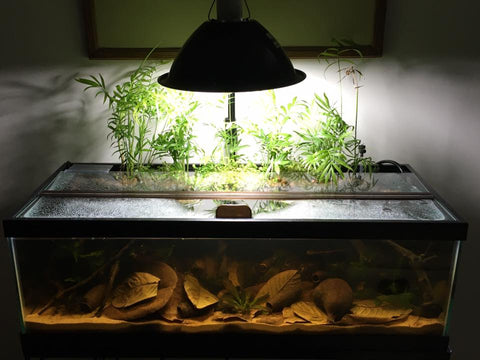
Possibly the more important issue is water parameter management as it relates to soft, acidic pH water, environmental stability, and even its implications for the ever-important nitrogen cycle. Without going into the intricate details, it's a fact that "soft" water- water with little in the way of dissolved minerals to absorb acidic compounds, is inherently a bit more prone to more rapid and significant drops in pH than "hard" water- water with greater concentration of dissolved mineral ions- and creates more challenges for the aquarist, particularly if using materials that can drop the pH of the water significantly.
TANNIN TIP: When adding botanicals to an aquarium with very soft, already acidic water, prepare all botanicals thoroughly as instructed, add them very slowly, and monitor pH /KH as you go to judge for yourself the impact of these materials on your water chemistry.
Tannins and humic acids leached into the water by botanicals, such as wood, leaves, and seed pods, can impact the pH somewhat- more significantly in aquariums with very soft water (which, as we reiterated above, are subject to a greater propensity for the ph to drop as a result), so you need to be aware of this. Remember, when you're using reverse osmosis/deionized water, it's devoid of most all minerals to help "buffer" the pH from falling towards acid, so you need to "remineralize" it with commercial additives, or utilize some buffers that typically keep the pH in the mid to high "sixes" (like 6.5-6.8). This will give you some "reserve" and stability, should the pH begin its fall towards the lower end of the pH range.
One solution towards preventing this lack of stability is to utilize some soft water with your hard water from the tap (dechlorinized, of course), to get the hardness down to a manageable and safe range of 5-10 degrees of hardness. There are formulas out there to tell you how many parts of each you need to mix to achieve a specific hardness (of course, you need to know the KH of both your tap water and RO water)- usually it works out to around 3 parts of RO to 1 part tap water, but your results will vary, so do your homework- lots of resources out there.
And of course, there are other influences on the hardness and pH of your tank water, such as the minerals contained in substrates and rocks, which can impart some buffering capacity to the water in the aquarium, potentially "neutralizing" or at least impacting the influence of the acid-producing materials on the aquatic environment.
Remember, the fact that some aquatic botanicals can release compounds capable of lowering the pH doesn't mean that, if you add them to a hard water system, with a KH of like 20 and a pH around 8.3, that you're suddenly going to achieve "Orinoco-like" conditions of soft water and low pH! Rather, with a lot of buffering capacity in the water, the impact of the botanicals on the pH will be surprisingly limited. Where you can run into trouble is in a system that already has soft, acidic water, and you add a large quantity of botanicals and wood into the system at once, particularly if they haven't been thoroughly prepared for use! The rapid release of large amounts of tannins and humic compounds can indeed drop the pH far more significantly and rapidly than you'd want, creating an extremely stressful situation for the tank's inhabitants.
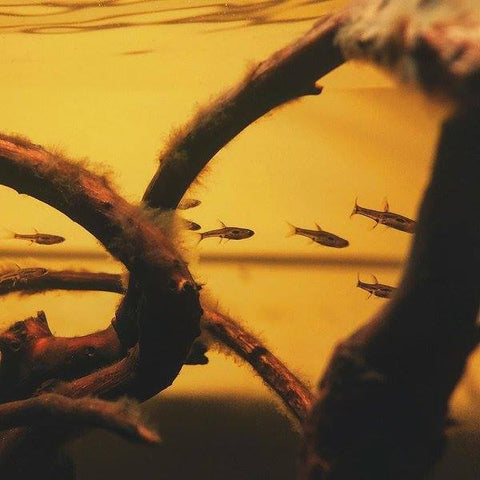
What happens when the pH plummets rapidly to levels below, say 6.0? Well, a whole lot, actually! "Acidosis" can occur in fishes, resulting in potential damage to gills, skin, and internal organs. It gets worse: In highly acid water, dentrifying bacteria (you know, the guys who help convert toxic ammonia into relatively harmless nitrate) essentially "shut down", meaning you'd be totally dependent upon materials like zeolites and other chemical absorption media to remove toxic ammonia from your aquarium water. Although achievable, this requires a LOT of monitoring and no real margin for error on your part, so the reality is, that in most circumstances, you don't want to keep your aquarium's pH below 6...or even, say, 6.5. Just too many potential issues, IMHO.
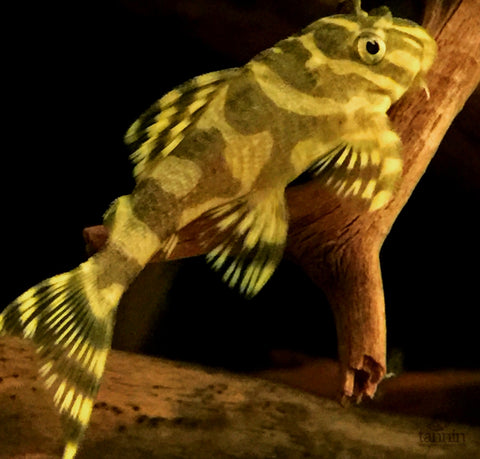
For most hobbyists with water of moderate hardness, as stated above, the impact of an influx of aquatic botanicals in an otherwise stable system will be negligible: Perhaps a slight drop in pH over time, and a definite aesthetic influence (i.e.; the color of the water!). Just because the water is "brown" is not an indication that it's soft and acidic, of course!
Like so many things in aquarium keeping, the extent to which we put our animals lives at risk is in our hands. Using aquatic botanicals to help foster "blackwater" conditions in an aquarium is no more dangerous than any other aspect of fish care. It's not all doom and gloom..You simply need to be aware of the potential of these materials to impact the aquatic environment, just like anything you add- from substrate to rocks, to driftwood-in any type of aquarium. This is no different than running an African Rift Lake cichlid tank or a reef aquarium- you need to be aware of what's going on in your water...part of the game. Blackwater aquariums, like many other "specialty" aquaria, are not "set and forget" systems. They require monitoring, management, and observation on a continuous basis.

As a responsible aquarist, you need to get in the habit of monitoring the pH and hardness of your water as a regular part of your husbandry routine. With regular monitoring, you'll be able to spot trends and see any fluctuations, etc. that can tip you off to potential problems. To embark on a "tint campaign" with aquatic botanicals in a system without having an understanding of your basic water chemistry is not only not recommended- it's downright irresponsible!
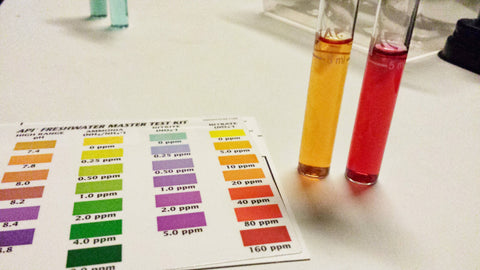
The idea of pre-conditioning your source water with materials such as Catappa leaves, etc., before it's utilized in your aquarium, makes a lot of sense. You can "mess with it" as much as you need to in remote containers to get it exactly how you want it, so you know going in exactly the conditions of the water being added to the tank. From there, you monitor the impact of your water on the existing aquarium environment. It's perhaps a slower process, but in terms of control of water parameters, is ideal.
Remember, a surprisingly large number of fish species that hail from soft water environments, such as Tetras, Apistos, Gouramis, Killies, etc, can adapt to harder, more alkaline water. Some may not look as spectacular as they do in soft, acid waters, and may not breed as easily, but the fact is that you don't have to obsess over creating these conditions in your aquarium to keep many of these fishes successfully. Many are produced commercially in conditions significantly different from those found in their will environments. Or, maybe you simply want to run a "hard-water/tinted" system, which has the aesthetics of a real blackwater environment, and far less potential issues...that's fine and a good compromise- but you still need to be aware of what's going on in your water like in any other aquarium.

Just having stability of pH/hardness in your system, plus a little influence of the natural tannins and other compounds found in aquatic botanicals, can give your fishes some of the positive effects of blackwater environments, at least from an aesthetic standpoint, without significant risk associated with unstable water chemistry.
Regardless of how you choose to employ aquatic botanicals in your quest for a "blackwater" aquarium, it's important to take a cautious, responsible, well-informed approach, and leave nothing about you water parameters to guesswork. Knowledge is a key to success and stability in all areas of the aquarium hobby, and you should arm yourself with as much information on your aquariums as possible, for the benefit of all of the animals under your care.
Stay informed. Stay curious. Stay on top of things..
And stay wet!
Scott Fellman
Tannin Aquatics
3 Responses
Angela Clements
Thanks that’s decided things for me. I’m not very experienced fishkeeping. I’ve noticed my crown tail Betta as tiny white spec of fluff on tail that I suspect he caught on something. I researched on Google got lots conflicting advice but decided not safe to use anti fungal or bacterial on labyrinth fish. Spent couple hours looking into IDA leaves but was worried as he’s not used to such it would be to big a change in his water chemistry. This article convinced me I don’t know near enough. Sometimes I think you need a science degree to keep fish. Took me ages to understand nitrogen cycle and it took me weeks… to cycle tank.
DEBASIS JANA
Very knowledgeable articles. I love to go through them. I think you should publish a book very soon. Nice photos too. It’s all about real nature aquarium.
Carol Gray
What are rules for cleaning and water changes in a black water tank? I have a hard water tank that I keep Mollies and Platys in, in which I use the waste water from my RO system. I’d like to add botanicals to create a more natural environment.
Thanks Folks. I have learned so much from reading your page.
Carol

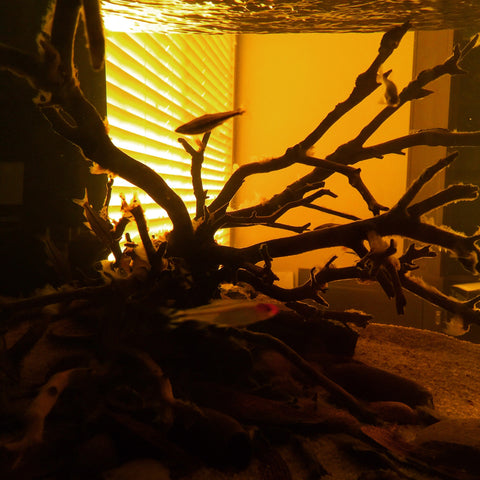
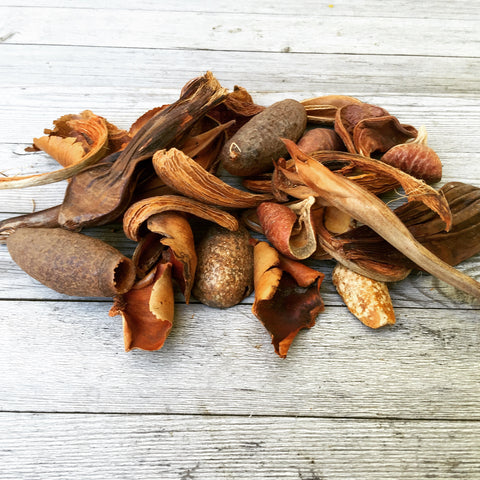

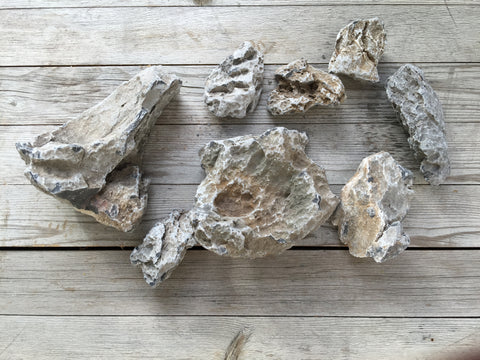
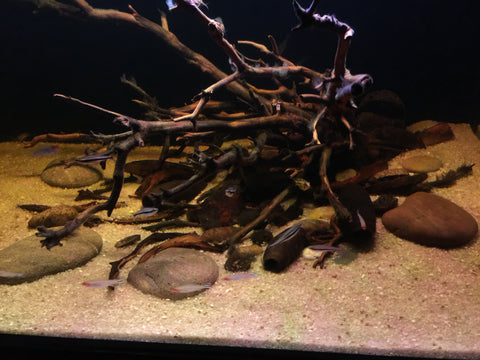
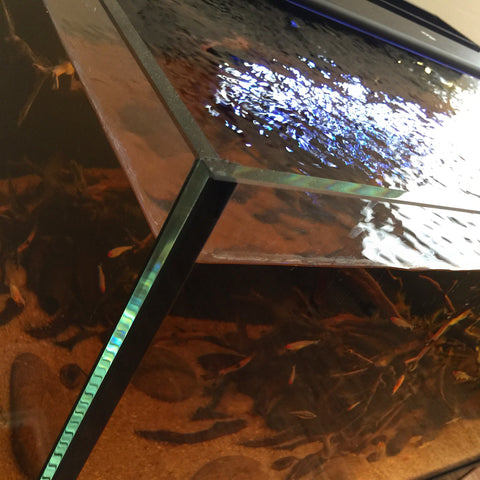
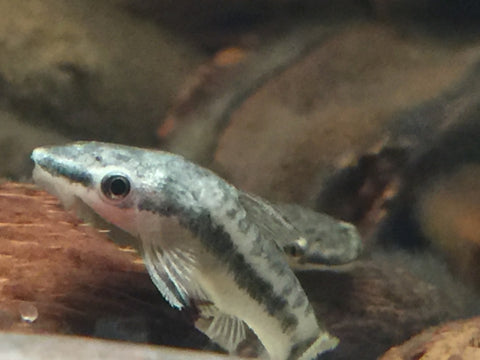





Scott Fellman
Author